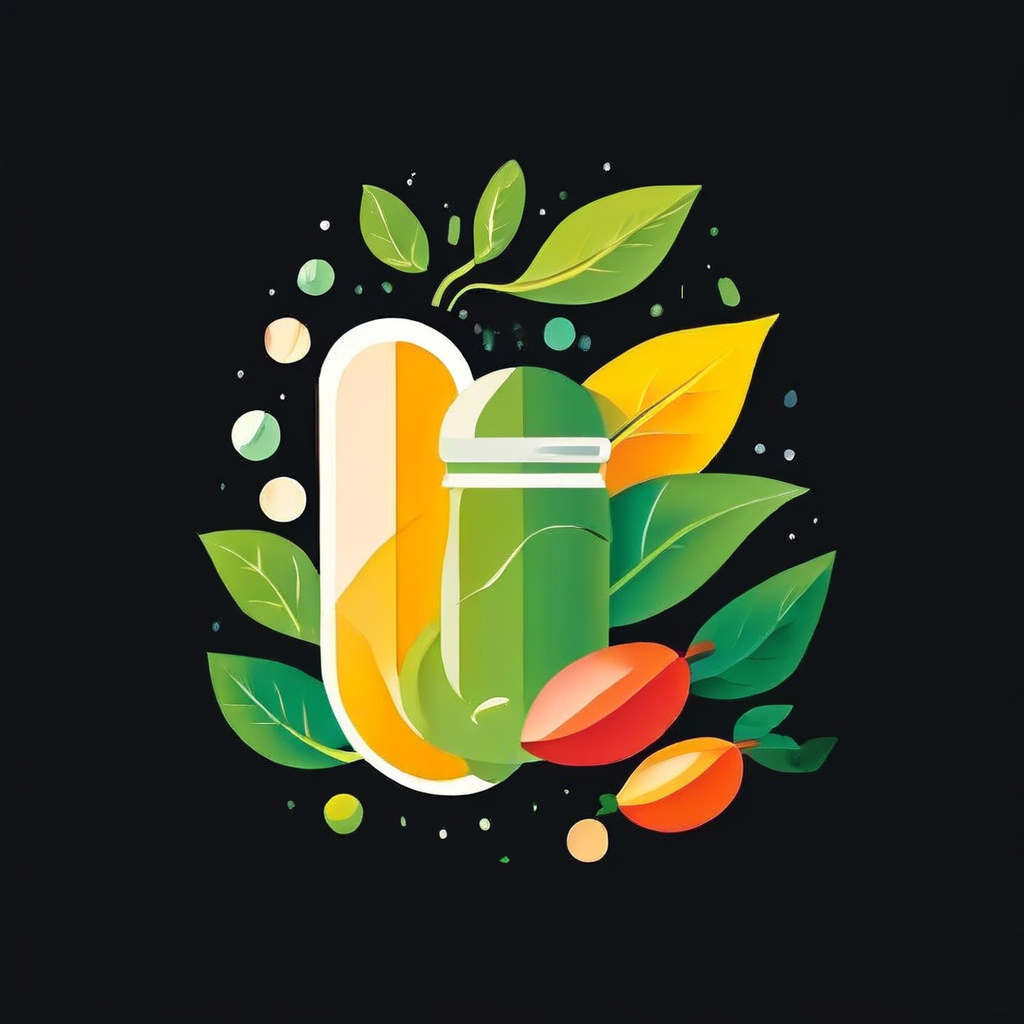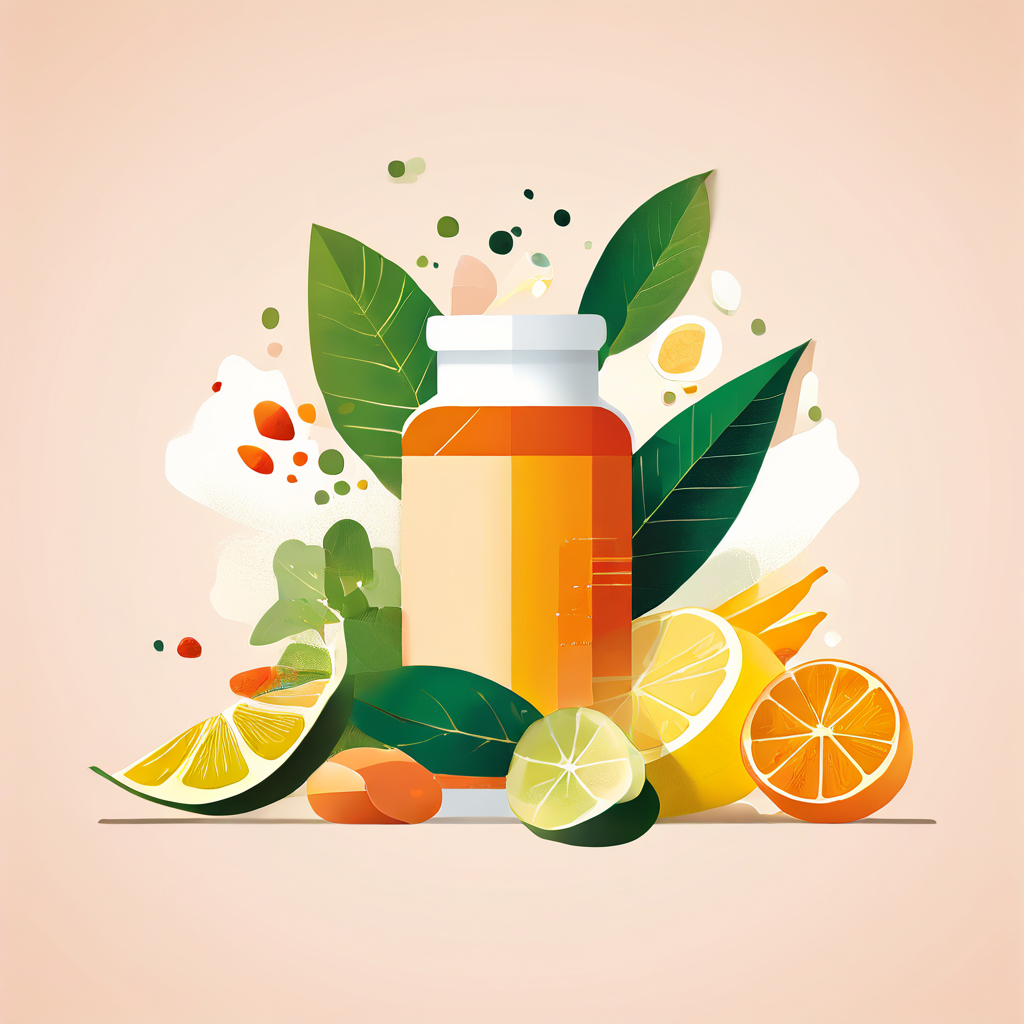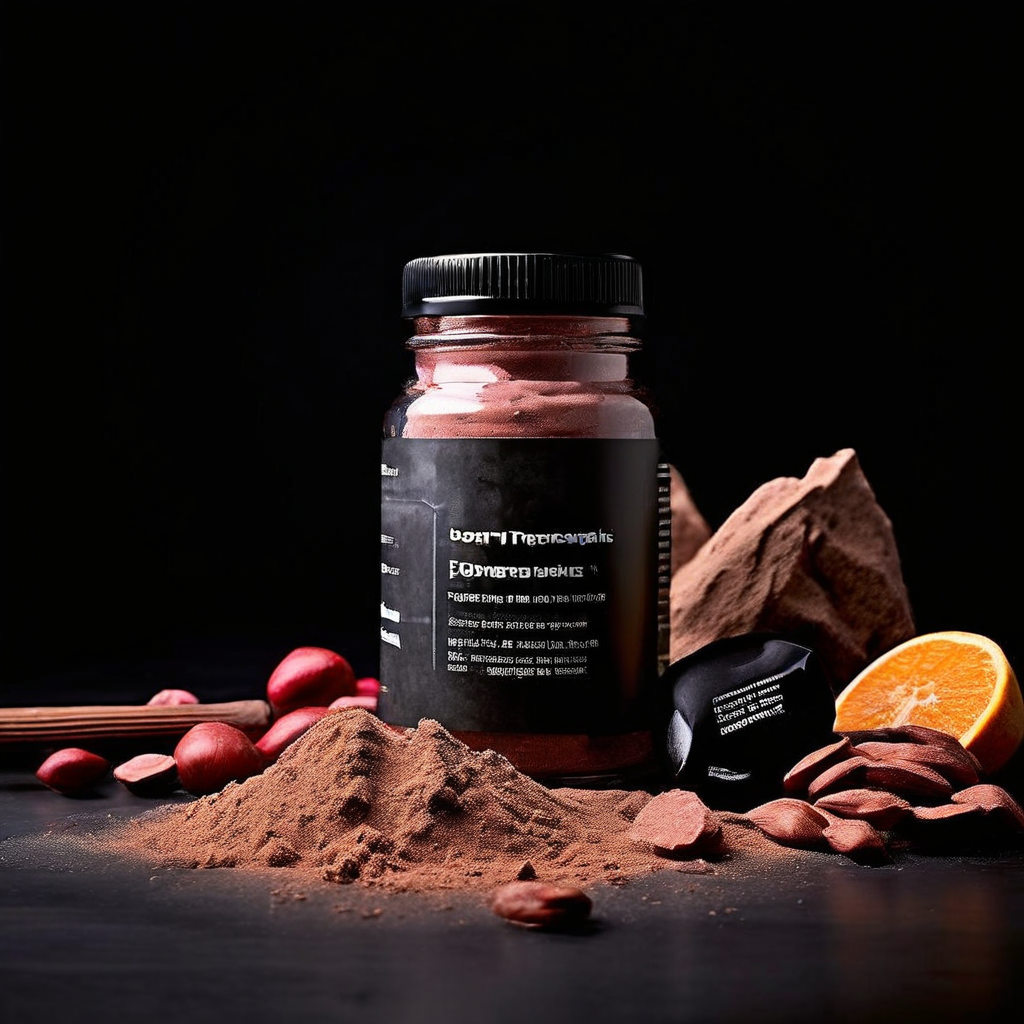Pickles contain little amounts of the amino acid citrulline, which may offer some health benefits. However, the citrulline content in pickles is relatively low compared to other food sources like watermelon.
Pickles are a popular snack and sandwich topping enjoyed for their tangy, salty flavor. While known for their unique taste, pickles also contain various nutrients that can impact health.
What is Citrulline?
Citrulline is a non-essential amino acid, meaning the body can produce it on its own. It plays a role in the urea cycle, helping remove ammonia from the body. Citrulline also gets converted into another amino acid called arginine, which is then used to make nitric oxide. Nitric oxide is significant for blood vessel function, as it helps them relax and improves blood flow. Because of its effects on nitric oxide production, citrulline has gained interest as a potential performance-enhancing supplement and natural way to support cardiovascular health.
Citrulline in Pickles
Pickles are made from cucumbers, which belong to the gourd family along with melons and squash. Cucumbers naturally contain little amounts of citrulline, although not as much as watermelon, the richest food source. A 2022 study published in the Journal of Food Science found that citrulline concentrations were higher in fresh cucumbers compared to pickles. The pickling process, which involves soaking cucumbers in vinegar or brine, may lead to some losses of this amino acid.
The study detected about 1 millimole of citrulline per kilogram in both fresh and fermented pickles, which is a relatively little amount. For reference, a 2017 study found that 1 cup of fresh watermelon contained over 200 milligrams of citrulline, while watermelon rind had over 1200 milligrams. So while pickles do provide some citrulline, the quantity is quite low and you’d have to eat a very large amount of pickles to get a meaningful dose.
Other Nutrients in Pickles
Even if pickles aren’t the best source of citrulline, they still offer some nutritional benefits. Pickles are very low in calories, with around 4 calories per spear. They also provide little amounts of vitamin K, vitamin A, potassium, and calcium. The main drawback is their high sodium content, with one spear packing over 280 milligrams or about 12% of the daily limit. Eating too many pickles may lead to excess sodium intake, which is a risk factor for high blood pressure in some people.
Fermented pickles in particular may offer some digestive benefits. The fermentation process involves lactic acid bacteria which act as probiotics. Consuming fermented foods like pickles may help support a healthy gut microbiome. However, many commercial pickles are not fermented and just soaked in vinegar.
The bottom line
While pickles do naturally contain some citrulline, the amount is fairly low and unlikely to have a major impact on health. Watermelon, especially the white rind, is a much more concentrated source of this amino acid.
Ultimately, I wouldn’t recommend relying on pickles as a primary citrulline source. Eating them in moderation as part of a balanced diet is fine, but don’t expect a miracle cure. If you’re interested in citrulline supplementation for athletic performance or cardiovascular benefits, it’s best to talk to your doctor first as the research is still emerging. Focusing on an overall healthy lifestyle with plenty of fruits and vegetables, regular exercise, and stress management is a better approach for most people.



